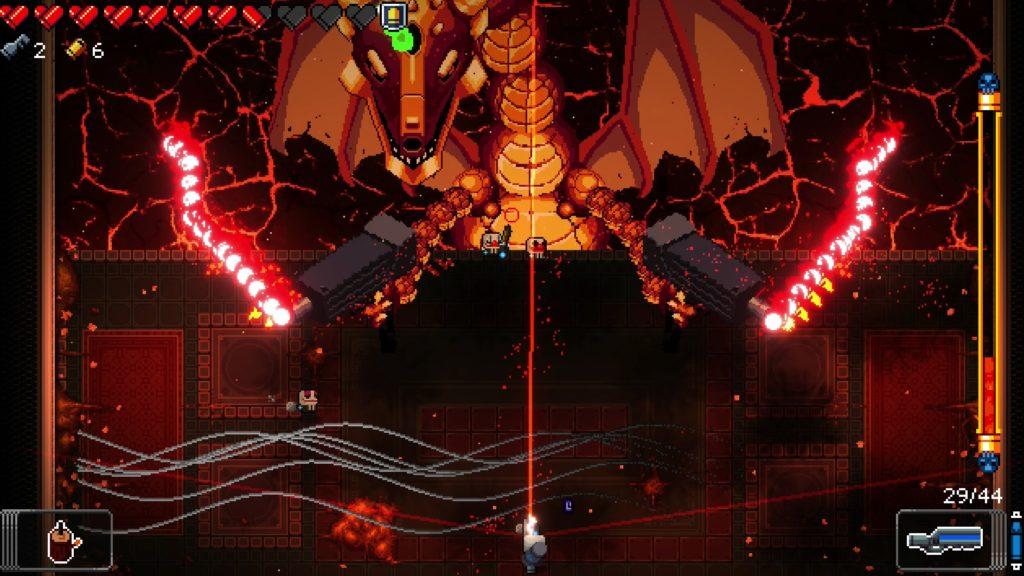
I chose to play babbdi, it tells the story by forcing the player to move through and explore an eerie, unsettling world where everything feels just a little bit off. They use the different characters placed around the simulation to speak to you, with each character you start to get the point more and more that there is a train out of this town you want to get on to get out of the place. It’s not immediately obvious you should talk to these characters, but the creators designed it so that when you get near them, their heads fix their lifeless, creepy gaze on you and lock onto you, rotating even 180 degrees to maintain eye contact. Then of course you are prompted to speak with them with a message that shows up on the screen saying “press E to talk”. Another mechanic that encourages exploration is the secret items, which encourages the player to explore and pick up every item they encounter to see if it might be a secret item. Through this exploration, players will discover more about what each item affords them in their exploration of babbdi, unlocking new mechanics that lead them closer to their objective of getting out of babbdi. Some of these items do not work in the traditional ways, which also leads me to the ethics discussion.
Even though the game had a very creepy vibe, it didn’t rely on violence to create tension. It was more of an eerie, experimental exploration experience. There was one point where I was given a bat and told to start hitting things, which felt like the game was trying to introduce violence. I actually thought I was supposed to hit a man to get train tickets, but when I tried, it didn’t work at all. The bat didn’t seem to connect with anything, and instead, it would knock me back from whatever I was trying to hit. It felt more like a trick mechanic, maybe something meant to mess with player expectations and make you think more creatively to solve objectives. That idea—that you’re being toyed with a bit—fit the overall tone of the game, where nothing was quite what it seemed.
This design actually reminded me of an RPG-style game I played in a previous section that had a violent theme and potentially violent mechanics. In that game, you only engaged in violence if you chose to—it was really up to you. I think the walking simulator had a similar dynamic, where violence wasn’t forced into the gameplay loop. It was there if you wanted to try it, but not essential or maybe even functional. That difference really changes how the game tells its story. In more traditional violent games, conflict and action often drive the plot forward. Here, the lack of violence meant I had to engage with the environment, the puzzles, and the general atmosphere to understand what was going on.
In contrast with the assigned article, I disagree with the idea that walking simulators are good for beginner gamers. As a beginner, I was totally lost. The lack of clear objectives, combined with glitchy mechanics (like losing the bat every time I picked something else up), made it frustrating to keep going. I ended up getting stuck on one level and had to stop playing altogether. Out of curiosity, I watched streamers playing the game, and they clearly had strategies in place that came from their experience with other games. One of them even said something like, “This reminds me of [game name] where you use this item to knock you back,” and that kind of knowledge was something I didn’t have and couldn’t relate to anything, I thought the bat was useless.
If I were a more experienced player, I might have had a better time. I probably would’ve known how to recognize the patterns, what the bat was actually for, and how to approach puzzles. But for me, without that background, the walking simulator didn’t feel like a slow, immersive experience, it just felt confusing and a little broken.



